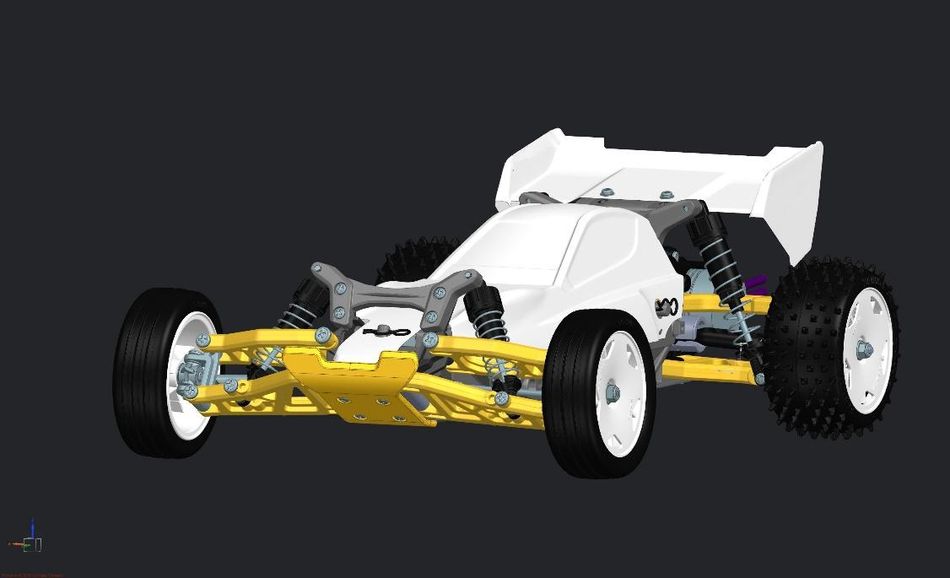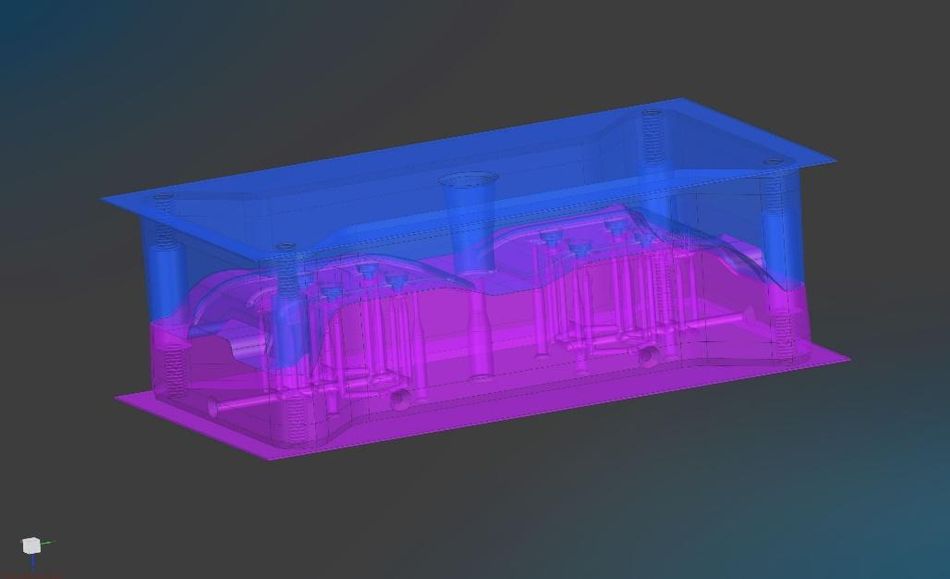Additive Manufacturing Delivers Durable Mold Parts for Quick Tool Production
By utilizing innovative 3D printing materials and processes, DREIGEIST and BASF Forward AM are bringing rapid tool applications and injection molding into the future.
Introduction
Companies often utilize prototypes or small batch sizes when updating products or modifying technologies. The process of developing these essential parts can often be hindered by the high costs and long lead times of traditional injection molding. By utilizing Additive Manufacturing (AM), companies can create cost-effective 3D-printed molds and/or mold inserts that significantly reduce lead times.
In this article, we look at the collaboration between the 3D printing application developers of DREIGEIST Additive Intelligence and materials and additive manufacturing expert, BASF Forward AM, demonstrating the transformative power of 3D printing for tooling and molds.
The project aimed to develop a process to produce high-quality and accurate parts via Injection Molding (IM) from part design to production in less than 24 hours.
An injection molded bumper for high-performance RC cars
To meet this challenge, 3D printing was chosen due to its widely demonstrated ability to quickly facilitate tool design changes and part production while meeting quality standards and timeline demands. The combination of 3D printing and IM offers a unique solution to the challenges on-demand production poses. This process provides efficient, cost-effective prototyping capabilities while also providing flexibility in design iterations and part geometries.
Traditional manufacturing uses conventional techniques for tool making, such as milling. However, the milling process requires multiple processing steps resulting in extended production time when compared to AM. 3D printing technologies would ensure the design could integrate the necessary enclosed ventilation drills, a step that would not be possible through traditional milling methods.
In addition, the CAD design can be used in 3D printing technology for rapid prototyping. This is an advantage over traditional manufacturing strategies where each step requires additional time and resources. Furthermore, 3D printing technologies offer advanced features that allow for more complex geometries like multi-directional drilling and tapping operations, which are impossible with conventional tool-making techniques.
The final challenge was determining which 3D printing material could withstand extreme IM process conditions such as clamp forces, injection pressure, and high temperatures associated with fiber-reinforced thermoplast processing.
Materials that meet the challenge
Ultracur3D® RG 3280 is a ceramic-filled resin with exceptionally high stiffness and temperature resistance. It’s a suitable material for injection molding with qualities that meet or exceed the characteristic process requirements and ensure increased production speed for mold making. This resin material is filled with ceramic particles, delivering superior stiffness and high HDT, both necessary for the IM process conditions.
Ultracur3D® RG 3280 is also engineered for use with DLP technologies. While SLA can provide a higher resolution in the curvatures of the X-Y plane, the projector-based DLP process offers shorter build times. This results in decreased production time while ensuring the part maintains a high heat deflection temperature and superior stiffness.
The required post-processing was usual for resin printing, including washing, UV curing, and a thermal post-cure. For the build strategy chosen, the support structure that remains on the backside of the mold-halves was mechanically removed to ensure clean contact with the mother tool.

A mold produced with significantly reduced lead time and at a lower cost.
This application of rapid tooling demonstrates what is achievable with AM and how 3D printing has significant potential in augmenting conventional part production techniques, such as injection molding.
Ultracur3D® RG 3280, in combination with DLP technology, provides simple, quick, and detailed material printing. The result possesses the required characteristics of high stiffness, increased strength, and heat deflection. There was also significant cost savings through Rapid Tooling as production through conventional methods such as milling (creating two halves) of around the same size, can vary in cost from 2500 to 6000 Euros and take between four to six weeks to deliver. By implementing in-house 3D printing, the net cost of a tool through AM is less than 500 Euros and can be created within 9 hours of total processing time.

The Ultracur3D® RG 3280 material allows users to obtain more accurate and precise details for applications such as mechanical parts. The result is a smooth surface finish that allows for easier finishing, assembly, and integration of components.
Conclusion
By utilizing innovative materials like Ultracur3D® RG 3280 from Forward AM, DREIGEIST enables traditional IM users and service providers to lean out their process chains, lower production costs, boost freedom of design, as well as shortening specific part production cycles from design to the manufacturing of IM components to less than 24 hours. This allows clients to rapidly bring their products to market while maintaining the highest quality standards.
The use of 3D printing technology within the industrial manufacturing sector has become increasingly popular due to its ability to provide high accuracy and a quick turnaround time. By leveraging forward-thinking materials like Ultracur3D® RG 3280, DREIGEIST supports customers from all industries in developing cutting-edge products — designed to meet and exceed customer expectations — faster.

